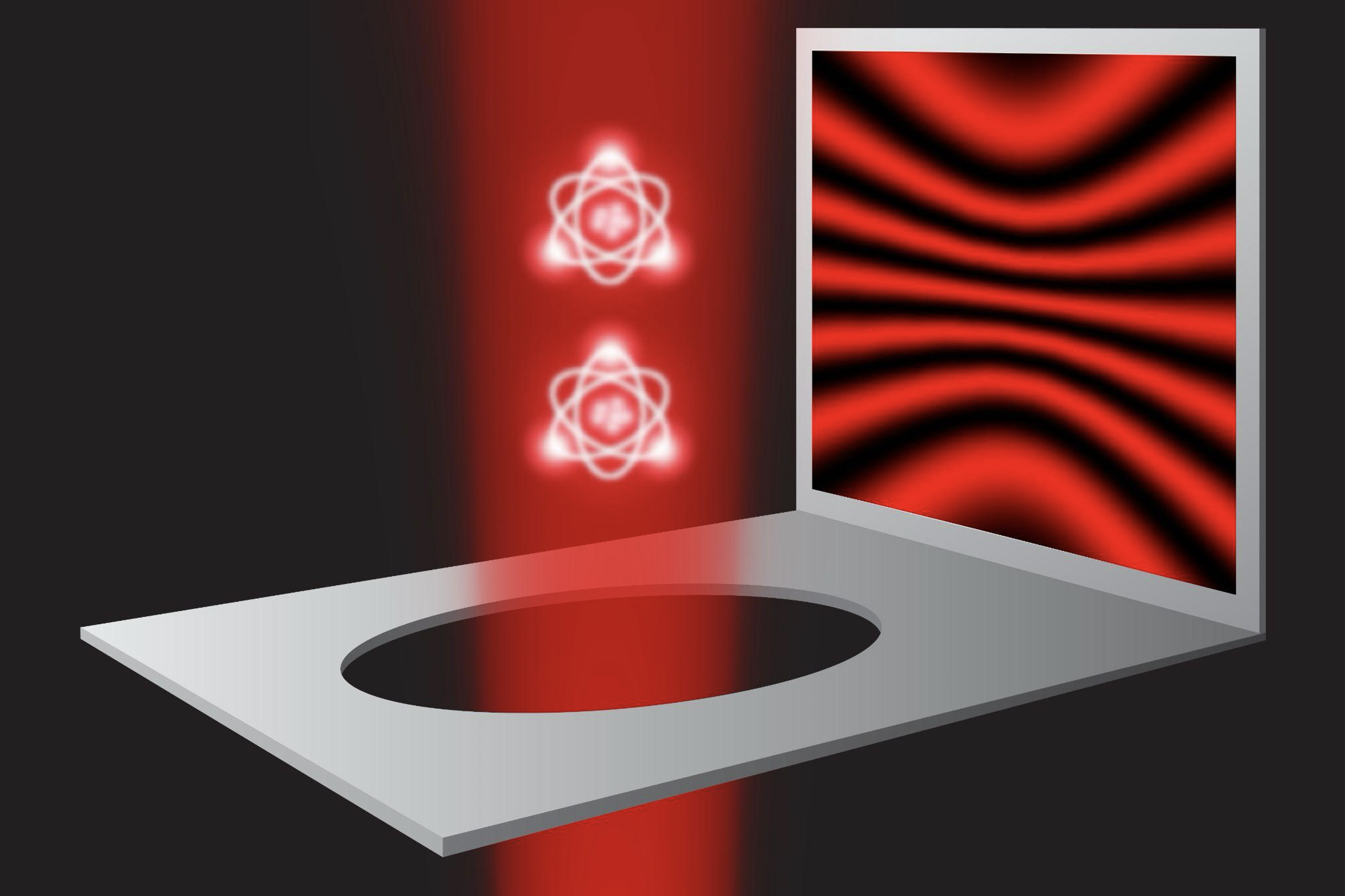What do you get when you stare at the same dead star for more than 20 years? Insight into the weirdest physics in the universe. The star PSR J0922+0638 is a pulsar. Pulsars are neutron stars — the ultradense leftover cores of long-dead stars — that spin rapidly and emit radiation at regular intervals. Pulsars have some of the wildest …
Read More »Science
Earth Has Shifted by 31.5 Inches – And Scientists Are Sounding the Alarm!
A recent groundbreaking study published in Geophysical Research Letters has revealed an astonishing new insight: Earth’s rotational axis has shifted 31.5 inches in less than two decades, largely due to human activities such as groundwater pumping. This unexpected discovery challenges conventional understanding of Earth’s rotation and its link to climate change. Experts now suggest that this tilt could have more …
Read More »Scientists Warn of Potential Global Catastrophe
The Thwaites Glacier, known as the “Doomsday Glacier” due to its potential to trigger massive sea level rise, is showing alarming signs of instability. Stretching nearly 80 miles across, this colossal glacier in West Antarctica has the power to raise global sea levels by up to 11 feet if it collapses entirely. Scientists have been closely monitoring its fractures, which …
Read More »Fermented meat with a side of maggots: A new look at the Neanderthal diet
Traditionally, Indigenous peoples almost universally viewed thoroughly putrefied, maggot-infested animal foods as highly desirable fare, not starvation rations. In fact, many such peoples routinely and often intentionally allowed animal foods to decompose to the point where they were crawling with maggots, in some cases even beginning to liquefy. This rotting food would inevitably emit a stench so overpowering that early …
Read More »What Would Happen if a Baby Were Born in Space? A Scientist Explains The Risks. : ScienceAlert
As plans for missions to Mars accelerate, so do questions about how the human body might cope. A return trip to the red planet would give more than enough time for someone to become pregnant and even give birth. But could a pregnancy be conceived and carried safely in space? And what would happen to a baby born far from …
Read More »Your Nature Photos Are Doing More Science Than You Think
With a smartphone in hand, anyone can be a naturalist. Apps like iNaturalist have surged in popularity over the last 15 years, with millions using them to document wildlife around the world. A new study shows that these observations contribute a deluge of data to scientific research. Use of iNaturalist has skyrocketed since its launch in 2008. This citizen science database …
Read More »NASA SpaceX Crew-11 ready for liftoff with Pittsburgh astronaut
NASA’s newest international crew is ready for liftoff, and a local astronaut is among them.Mike Fincke, of Emsworth, is the mission pilot for SpaceX Crew-11.”This is a great crew,” Fincke said Saturday. “We are looking forward to launching soon.”Fincke and his fellow crew members arrived at Cape Canaveral in Florida ahead of Thursday’s scheduled launch.”I’m personally looking forward to going …
Read More »Scientists hit quantum computer error rate of 0.000015% — a world record achievement that could lead to smaller and faster machines
Scientists have achieved the lowest quantum computing error rate ever recorded — an important step in solving the fundamental challenges on the way to practical, utility-scale quantum computers. In research published June 12 in the journal APS Physical Review Letters, the scientists demonstrated a quantum error rate of 0.000015%, which equates to one error per 6.7 million operations. This achievement …
Read More »Telescopes Pop-Up on City Sidewalks to Engage Passersby in Free Astronomy Viewing Worldwide
Courtesy of #Popscope Imagine walking to the store for ice cream and running into a free opportunity to view Saturn’s rings. That’s what’s happened for thousands of lucky pedestrians, thanks to #PopScope, the urban astronomy movement. Now in its 11th year, the volunteer-run group just hit a major milestone: Completing 500 pop-ups that have brought 26,000 people closer to the …
Read More »Famous double-slit experiment holds up when stripped to its quantum essentials | MIT News
MIT physicists have performed an idealized version of one of the most famous experiments in quantum physics. Their findings demonstrate, with atomic-level precision, the dual yet evasive nature of light. They also happen to confirm that Albert Einstein was wrong about this particular quantum scenario. The experiment in question is the double-slit experiment, which was first performed in 1801 by the …
Read More »








